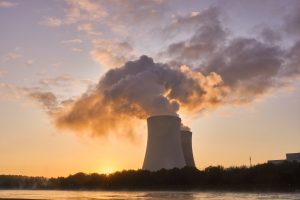Currently, energy-intensive industries are shifting their production and processes towards more sustainable models. Thus, industrial processes can increase their efficiency while reducing pollutant emissions. Several strategies are being promoted to reach these energy efficiency objectives, such as waste heat recovery, waste stream valorisation, and electrical flexibility.
Looking to the steel industry, multiple waste gas streams with calorific value are produced. One of these streams is the blast furnace gas (BFG), a by-product of the chemical reduction of iron developed in blast furnaces. BFG can be valorised through combustion for different processes and the steel industry is highly interested in making valorisation happen within the same facility where it is produced. Nevertheless, the combustion of BFG in steelmaking processes faces several drawbacks and its implementation on an industrial scale requires a continuous control of the combustion due to the low calorific value of BFG.
This paper analyses the combustion behaviour and monitoring of BFG/CH4 blends in a laboratory premixed fuel burner. If, on the one hand, BFG combustion causes an increase in CO2 and CO emissions, on the other hand, NOx emissions decrease. The methodologies developed in this work were proven to be valuable alternatives with a high potential for monitoring the BFG cofiring in the steel industry.
The full analysis and results are available in the paper.



